PROTECT YOUR DNA WITH QUANTUM TECHNOLOGY
Orgo-Life the new way to the future Advertising by AdpathwayNature is messy. Trees dump leaves on the ground, dead wood sits in the forest, and rivers carve pathways through mountains. These natural processes, though messy, give way to an abundance of life.
The forest’s leaf litter houses worms, bugs, and microbes, and dead wood hosts a wide variety of wildlife, depending on the type of wood. If you want to invite the same wildlife into your garden and support declining populations, you can also use logs, snags, or brush piles to invite birds, bees, reptiles, small mammals, and salamanders.
The easiest way to start is with a brush pile, though there is a wide variety of log pile wildlife habitats you can create. By simply thinking about wildlife and how you can help local animals, you’re taking a huge first step towards being a steward of the Earth and its inhabitants.
What is a Log Pile Wildlife Habitat?
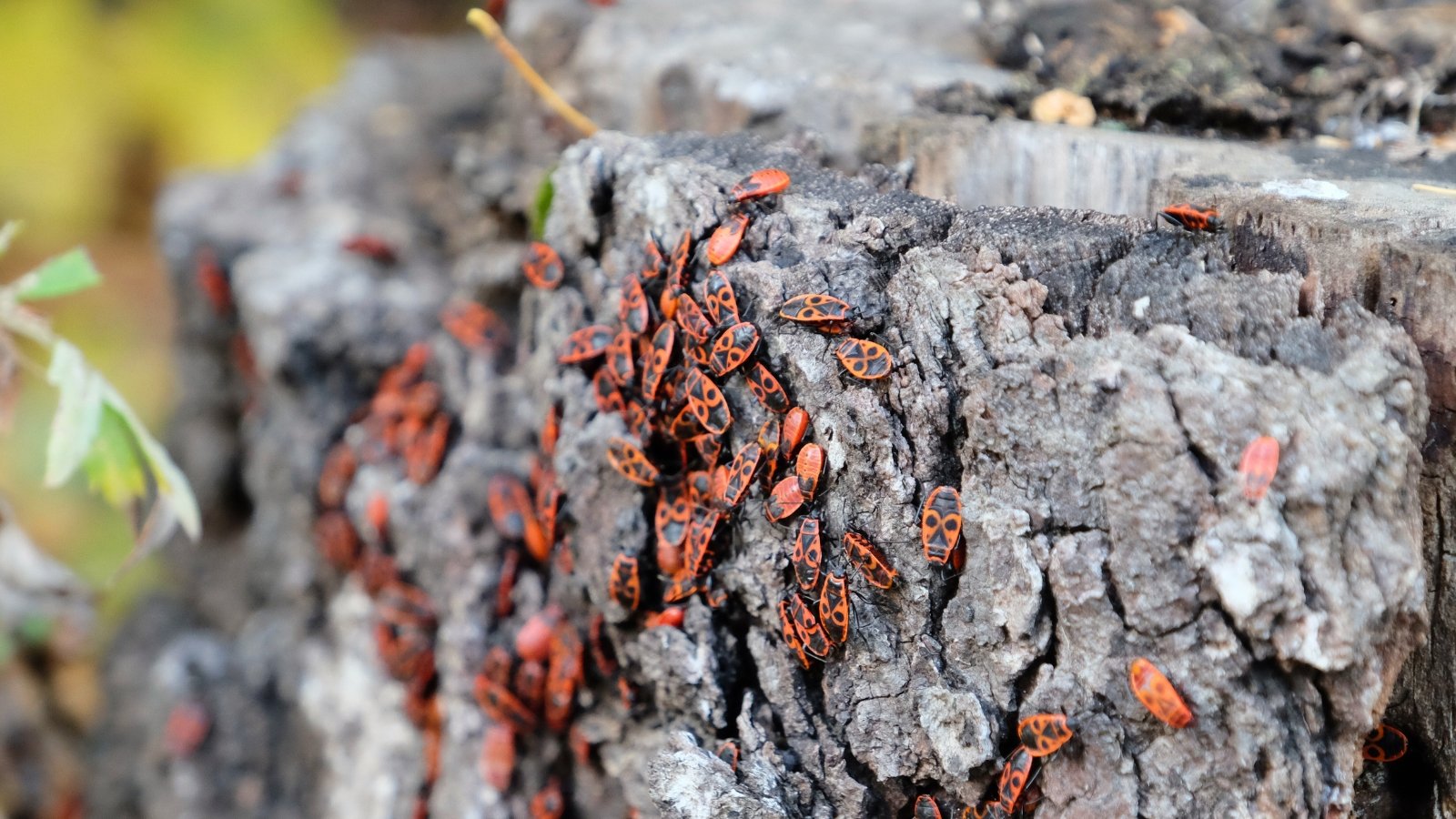 Dead wood structures provide shelter for many creatures.
Dead wood structures provide shelter for many creatures.A log pile wildlife habitat consists of dead wood in various settings. The size and structure of these habitats will change depending on which animals you’re trying to help. By altering your setup, you can selectively invite the wildlife you’d like to have present in your yard.
Dead Wood Habitats
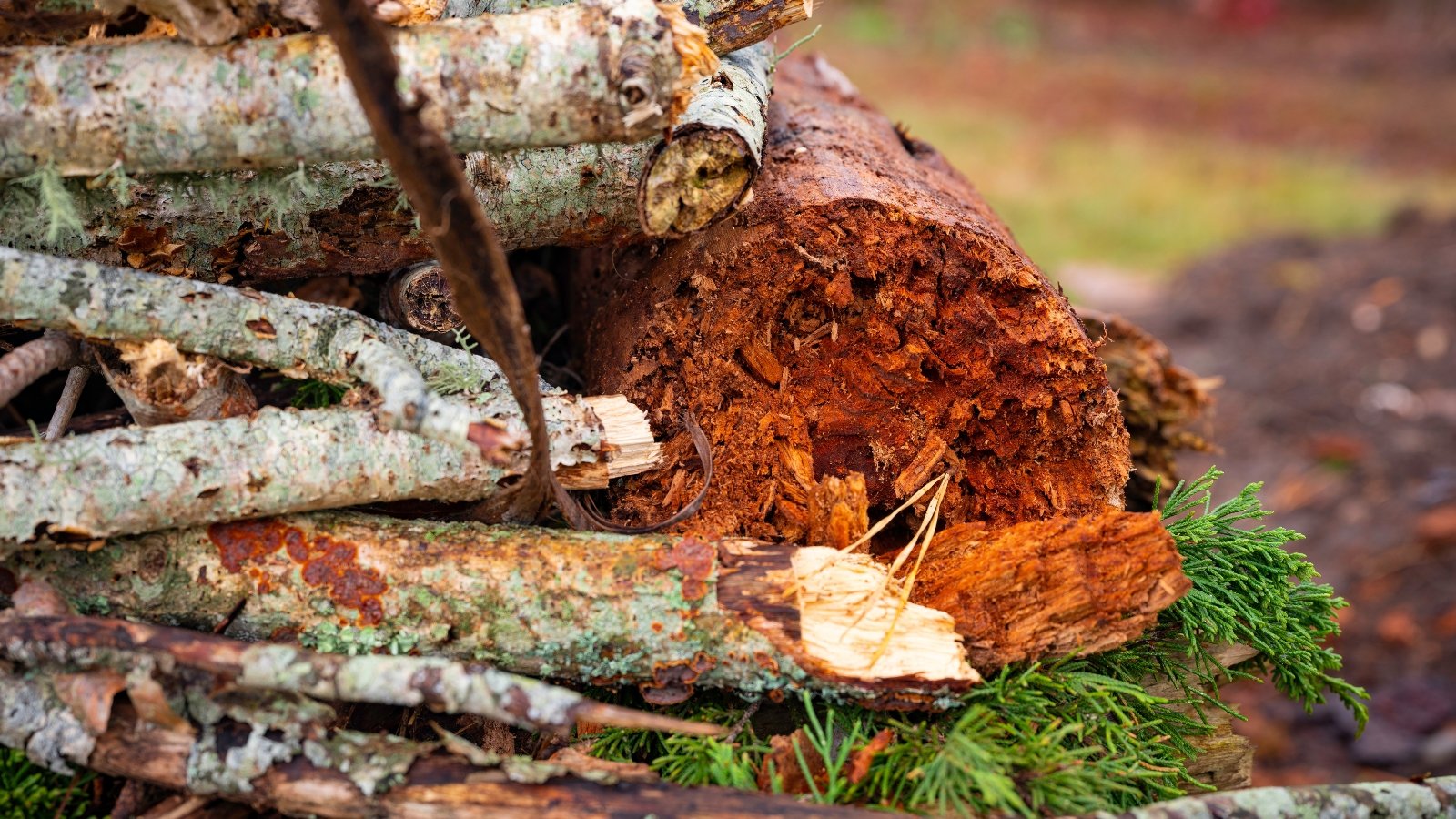 Layered brush attracts insects, reptiles, and small mammals.
Layered brush attracts insects, reptiles, and small mammals.There are three main types of log pile habitats: logs, snags, and brush piles. Brush piles are the easiest to set up and maintain, while snags are difficult to come by. No matter which type you decide to make, they’ll all work as habitats for wildlife.
Brush piles consist of many small twigs, branches, and logs arranged in stacks. Birds love perching on the tops of the piles, while small mammals, reptiles, and bugs visit the lower portions. As more small critters frequent the piles, predators may come by in hopes of snagging a meal.
Logs are large tree trunks that rest on the ground. They occur in nature when dead trees snap and fall onto the soil. For wildlife, logs provide habitats for bugs and wood-eating creatures. As these creatures eat the wood, larger predators and predatory insects will scour the logs to find these tasty bugs.
Snags are logs that still stand. They occur when a tree dies but does not fall, and the dead branches poke up into the air. Birds love snags, as they use them as perches for hunting and for hiding from predators.
Sticks for Bees
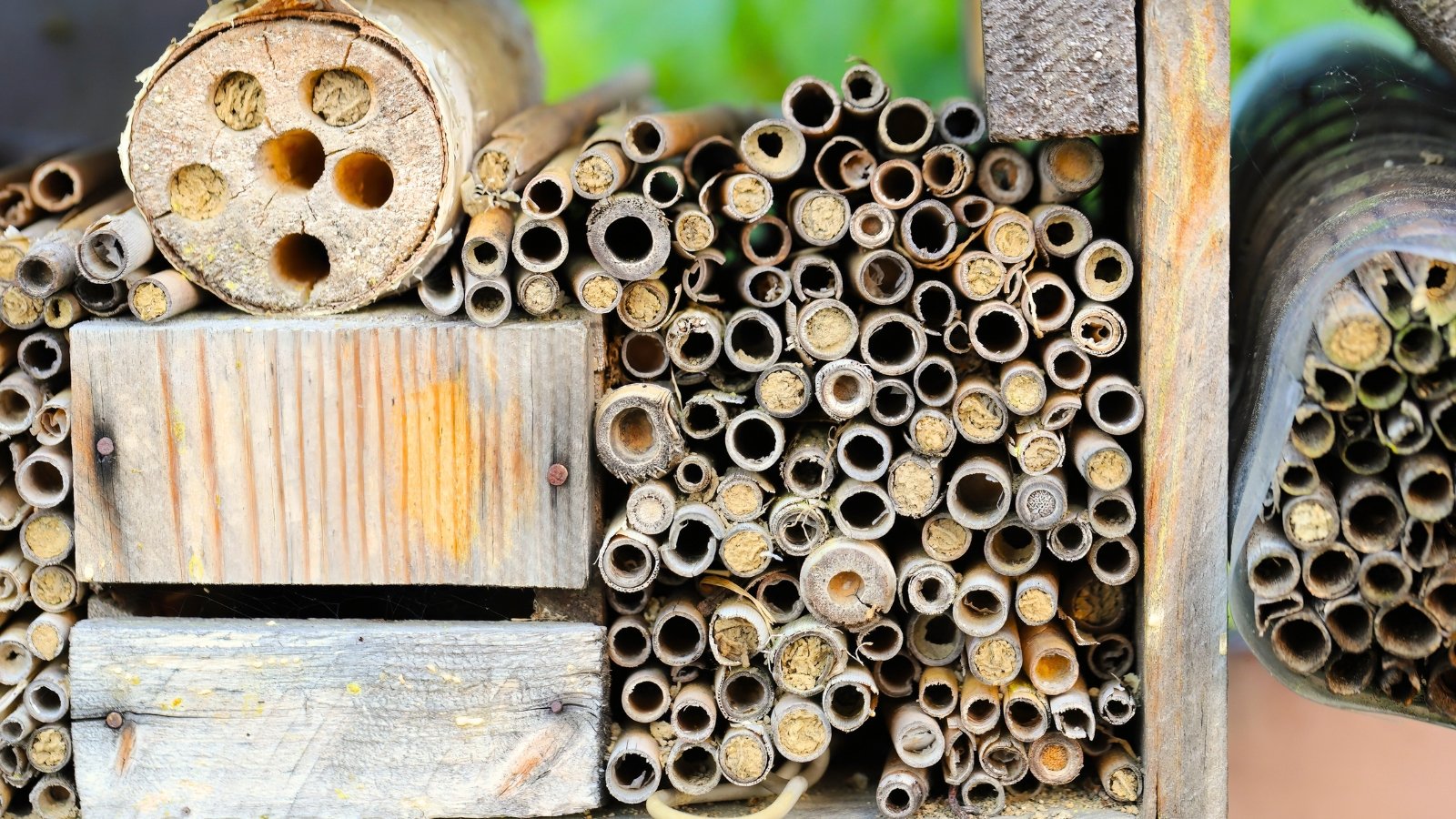 Hollow sticks stacked attract busy bees to shelter.
Hollow sticks stacked attract busy bees to shelter.Some of us aren’t lucky enough to have large yards with space for big brush piles or logs. In small spaces, like apartment balconies or porches, you may make a small log pile wildlife habitat for bees. Carpenter bees need wood to make shelter, and you can invite them into the yard with a make-shift bee house.
To make a bee house, arrange hollow sticks and twigs in a stack and tie them together. Put the sticks in an open-face birdhouse with the front removed, or arrange them in a custom wooden frame. Set the frame up high, like nailed to a tree or banister, and wait for the bees to arrive.
If the bees aren’t coming, try luring them with food and water. Set out shallow dishes of fresh water, and plant more flowering plants. Bees need pollen and nectar to survive, and flowers provide these resources in full during the growing season.
You may also purchase a pre-made carpenter bee home to place in the yard. It’ll cost more than making one yourself, but it’s easy to source and set up. This bee bungalow comes with a trellis; it works as a support for plants and a habitat for bees.
How to Create a Log Pile Habitat
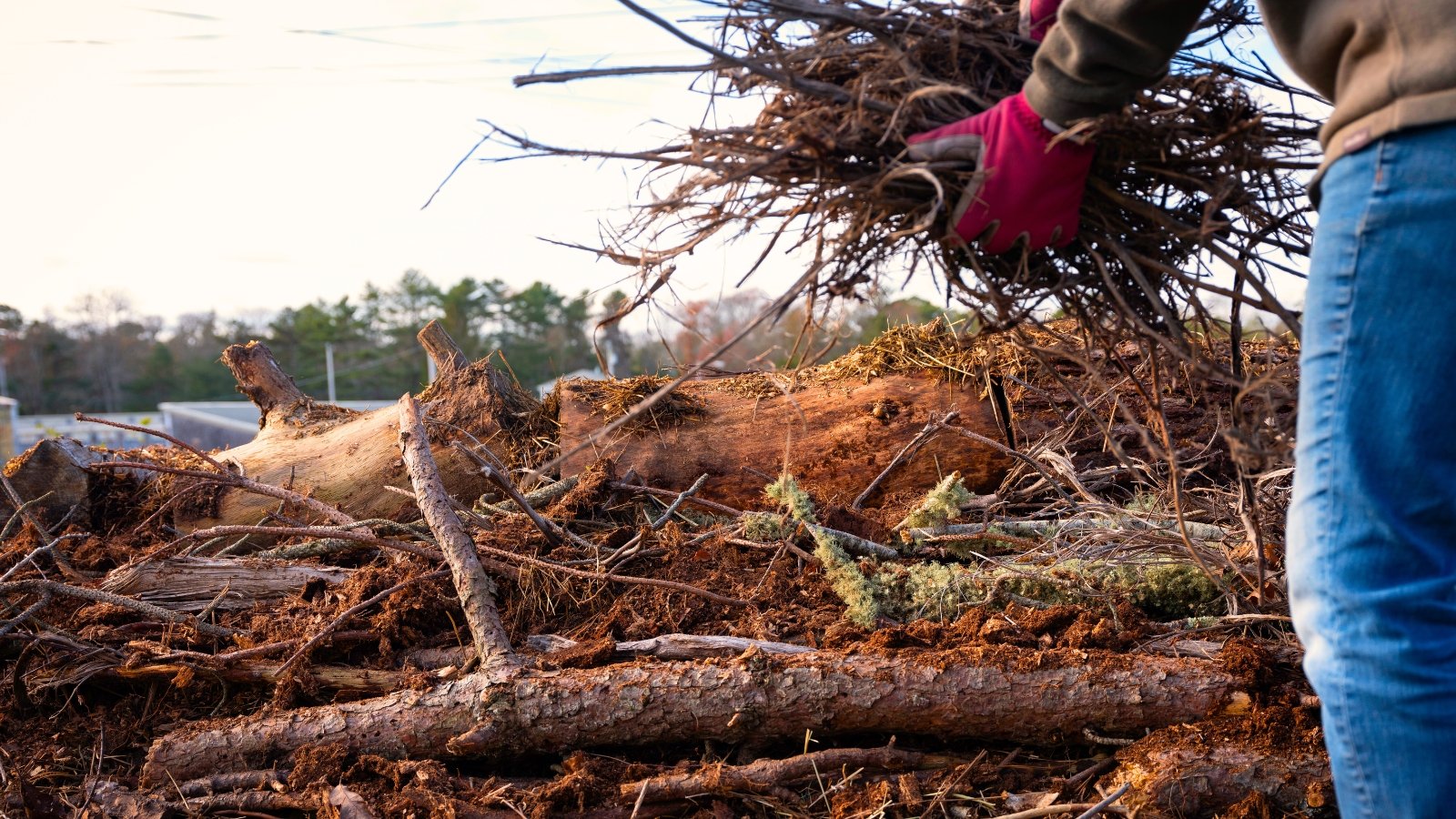 Stack brush carefully away from houses and shrubs.
Stack brush carefully away from houses and shrubs.How to create a log pile wildlife habitat depends on the type you’re trying to make. Logs and snags are hard to come by, but brush piles are easy to source and create. Start by finding as much dead wood as possible, and look for a suitable location in your yard to make the pile.
Set up log piles away from standing trees and shrubs, and away from your house. They can create fire hazards in the summer during hot, dry weather. Also, situate them near a water source but not in it. You don’t want a river or creek to mess up the habitat!
Make a Brush Pile
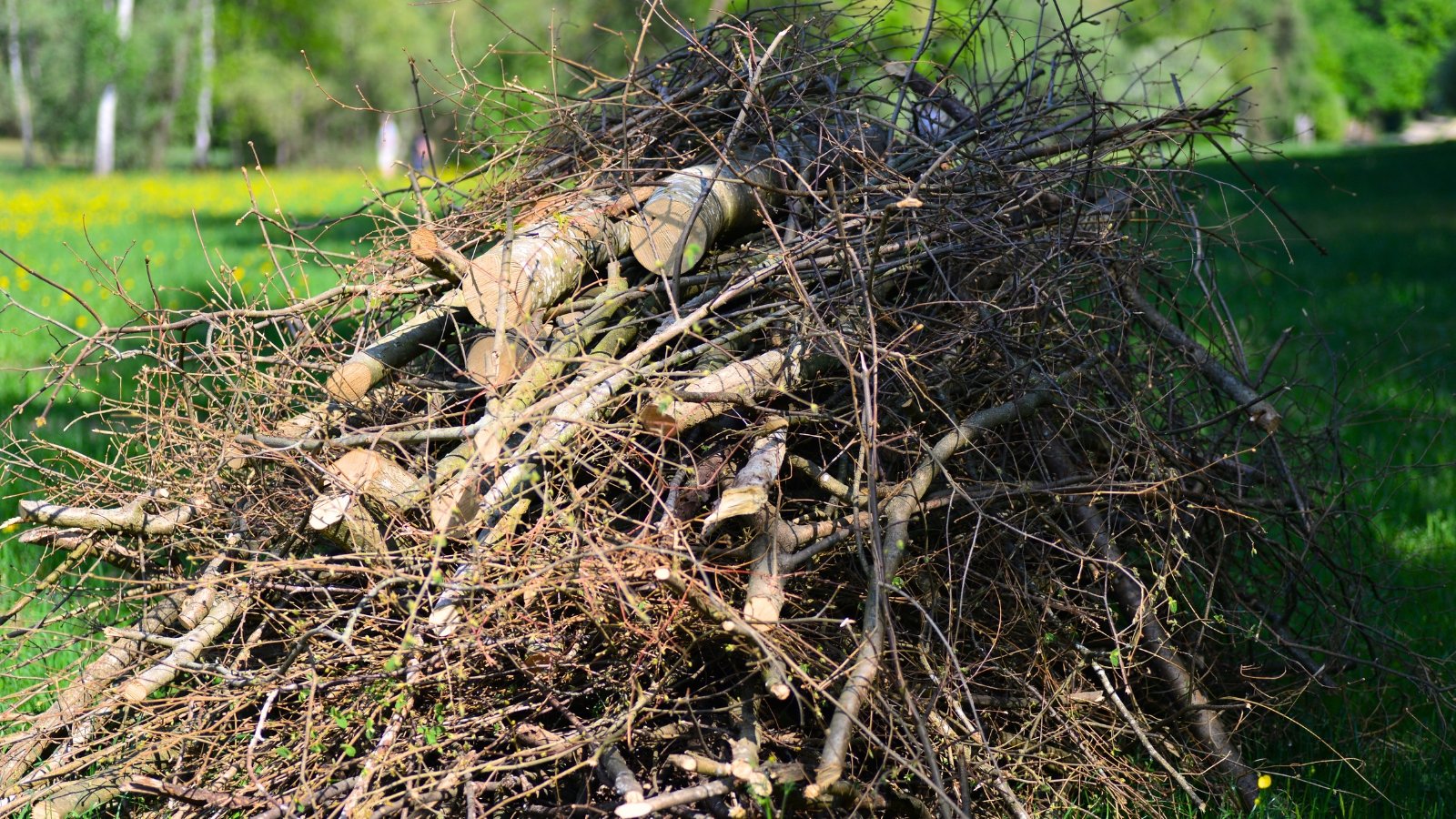 Combine large logs and smaller sticks for layers.
Combine large logs and smaller sticks for layers.All you need to make a brush pile is some branches. Lay them in a stack, or arrange them in a grid for a square shape. Layer more branches, twigs, and sticks on the lower ones, and continue adding more until the stack is three to five feet high.
You may also combine a log-style habitat with a brush pile. Start by placing two large logs perpendicular to each other. Then, set two more logs on top of the bottom two; arrange them in the opposite direction so they rest on the lower two.
On top of the large logs, place smaller twigs and branches in a grid-like pattern, alternating one layer with the next. The large, lower logs offer a habitat for reptiles, bugs, and snakes, while the upper portions house resting birds.
Leave a Log
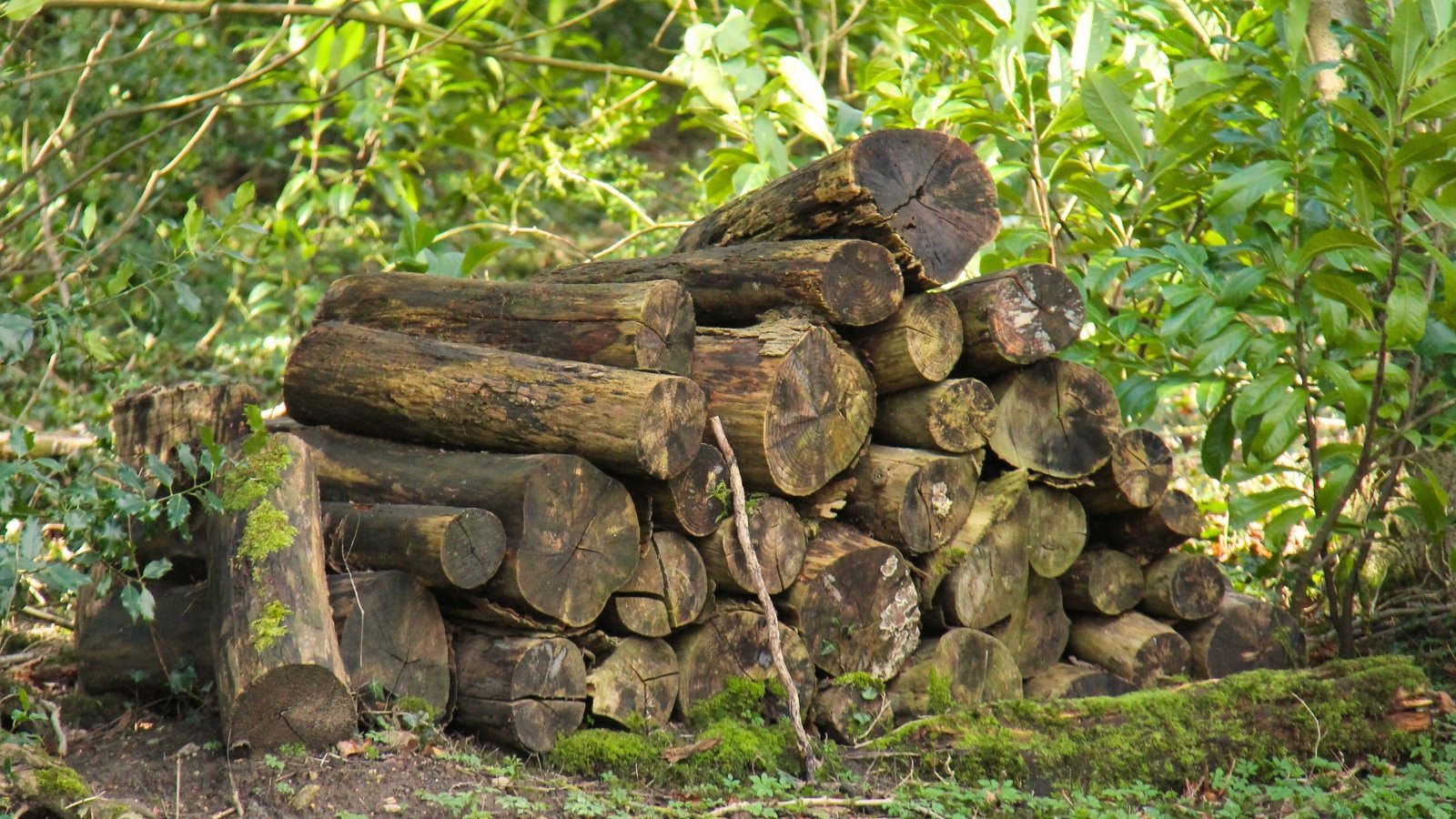 Decaying logs attract small critters and curious predators.
Decaying logs attract small critters and curious predators.If a tree falls in your yard, leave it be! The dead wood will host beneficial, wood-decaying fungi, and the log will provide habitat space for small and large creatures alike. Though logs can be heavy to move around, they’re easy to maintain once you set them up.
Simply lay down a log and let it decay. Grubs, slugs, and fungi eat the log and make open holes inside of it. As more and more small critters arrive, predators begin searching the log for tasty snacks. Depending on where you live, a log can help bears, snakes, birds, shrews, and salamanders.
If you lack logs in your yard, try searching landscape supply stores and garden centers. Or, look at online marketplaces. Many people cut down trees in their yard and offer the lumber for cheap, if you can haul it yourself.
Let Dead Trees Stand
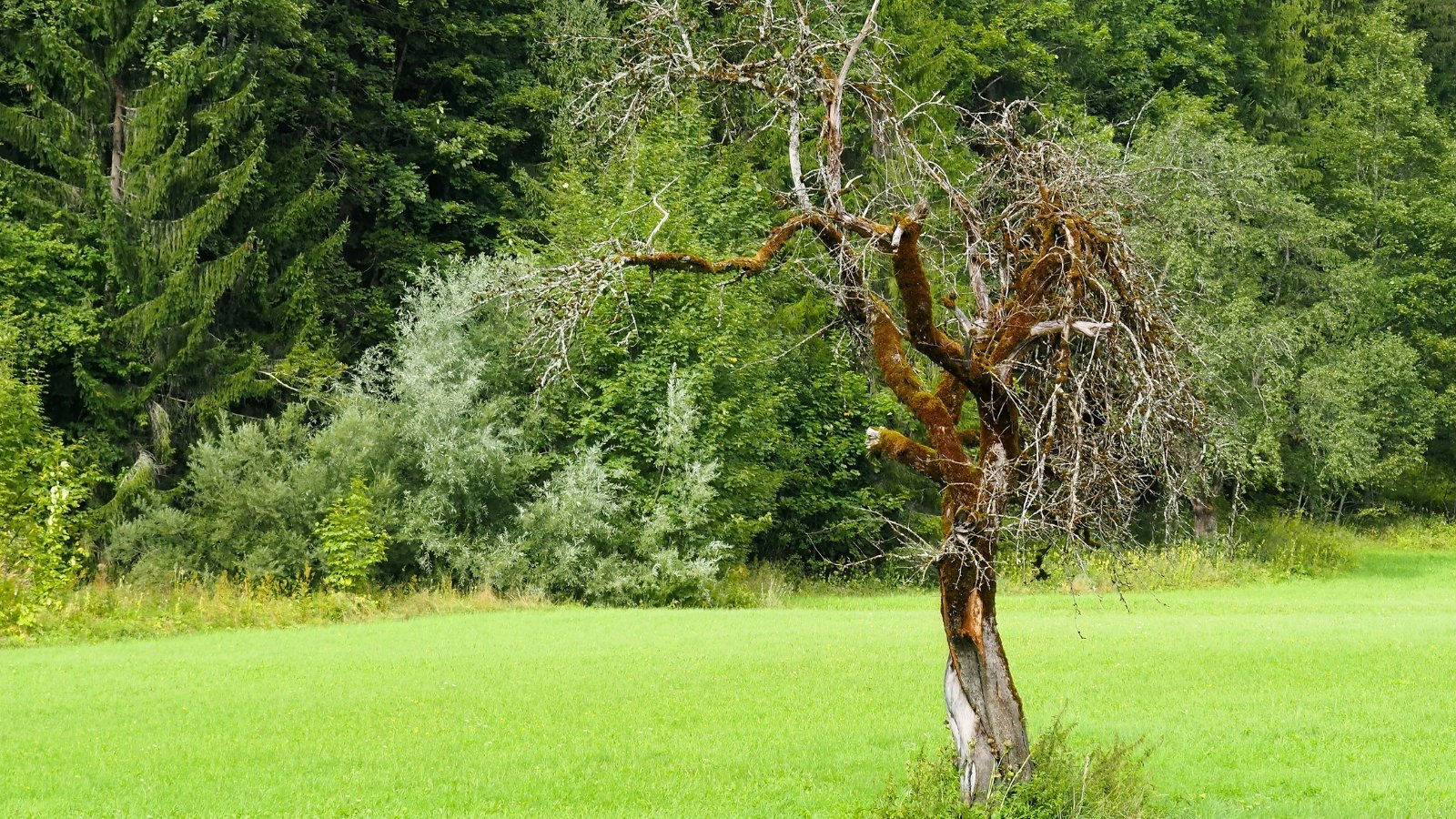 Tall dying trees become secret homes for creatures.
Tall dying trees become secret homes for creatures.Snags are dead trees that still stand. They retain smooth, barkless limbs on their trunks, and they host wildlife in the wood and on their outer branches. Birds perch on the leafless branches, and some set up their homes inside the trunk’s cavities.
Hardwood trees, like silver maples, grow cavities during their lifetime. The holes expand and widen as birds, squirrels, and wood-boring insects tunnel inside them. When the tree dies, the holes expand further to become expansive nests for wildlife.
It’s difficult to create a snag in the yard, particularly because you need a live tree first. The tree must grow tall, die, and stay standing to work as a snag.
You may encourage snags by growing quick-sprouting trees and girdling them. Girdling is a process that kills trees without knocking them over. Simply remove a strip of bark all the way around the trunk, and wait! The tree will die over the next few seasons, and wildlife will arrive in full as it converts from a live tree to a snag.
Key Takeaways
- Anyone can make a log pile wildlife habitat! Start with the easiest, a brush pile, and work your way up to making log and snag habitats.
- Dead wood isn’t just for wildlife; it hosts beneficial fungi that increase soil fertility for the betterment of your nearby crops.
- Log pile setups help bees, birds, beetles, snakes, toads, frogs, salamanders, mice, bears, and more! Create one this year to help wildlife flourish in your yard.


 14 hours ago
8
14 hours ago
8

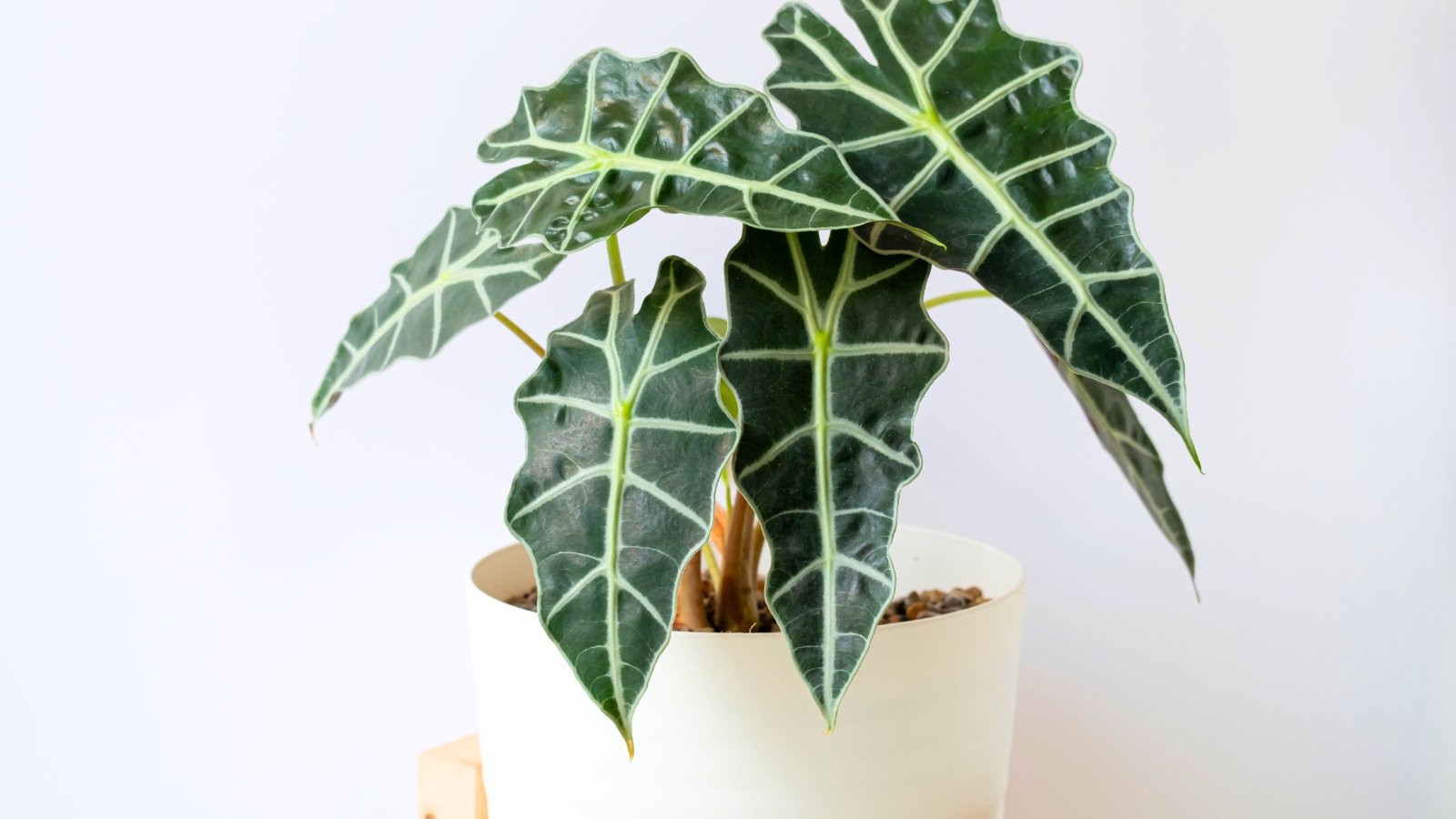
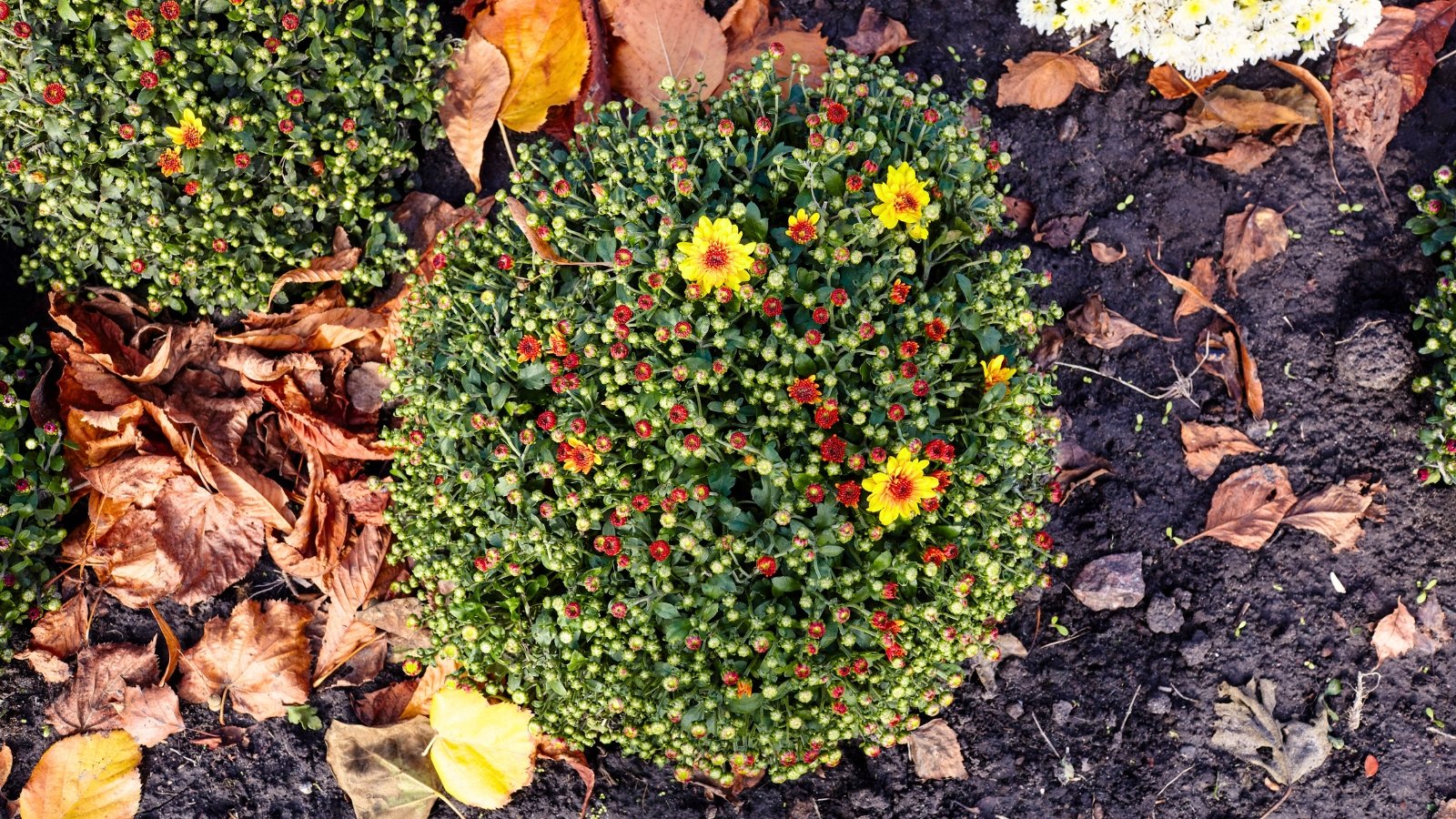
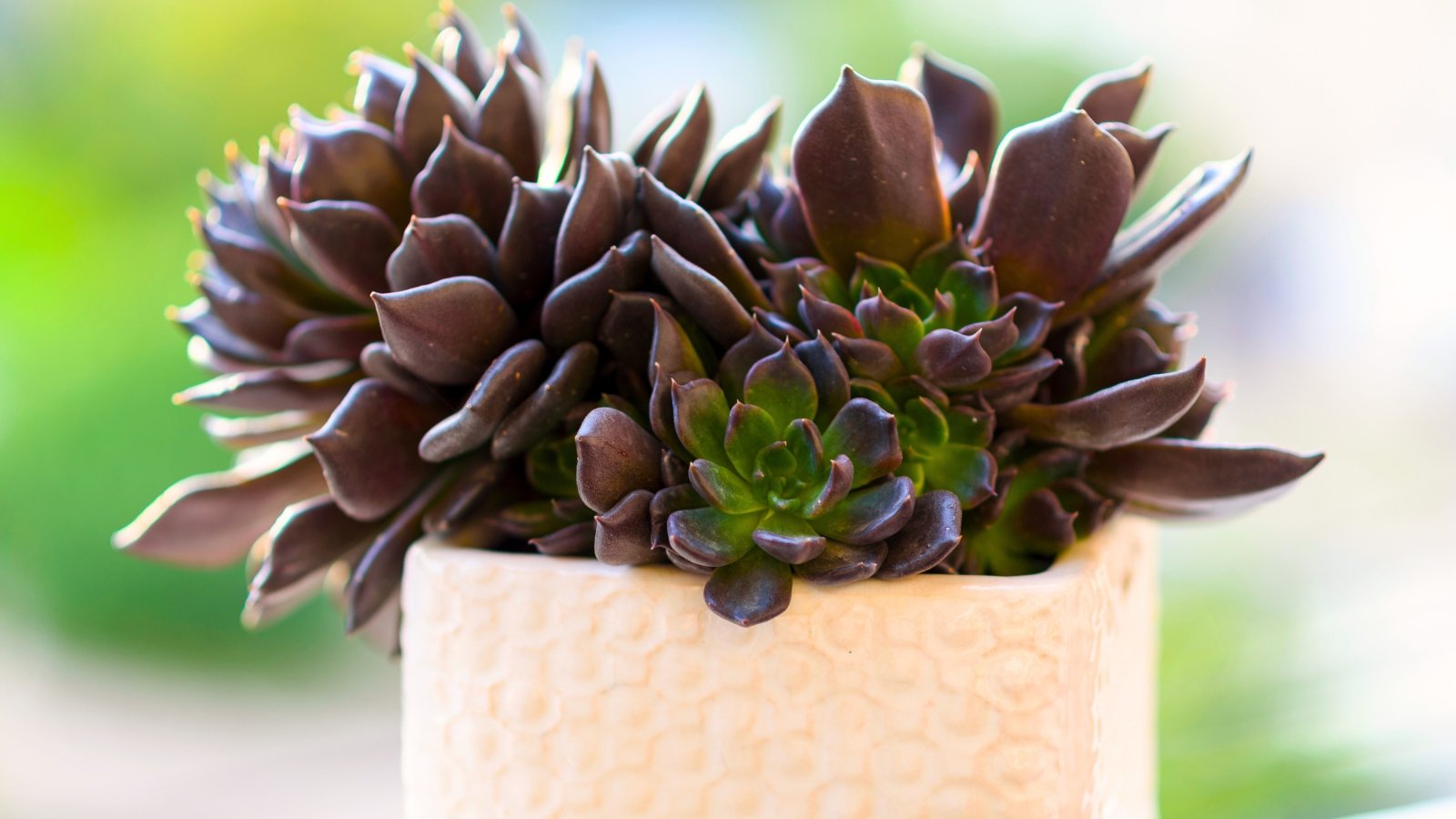

















 English (US) ·
English (US) ·  French (CA) ·
French (CA) ·